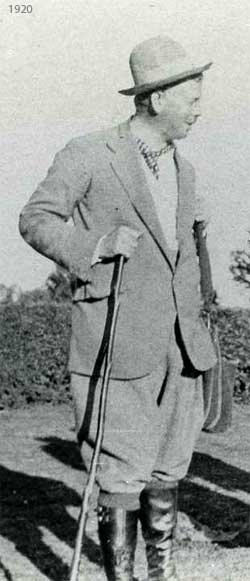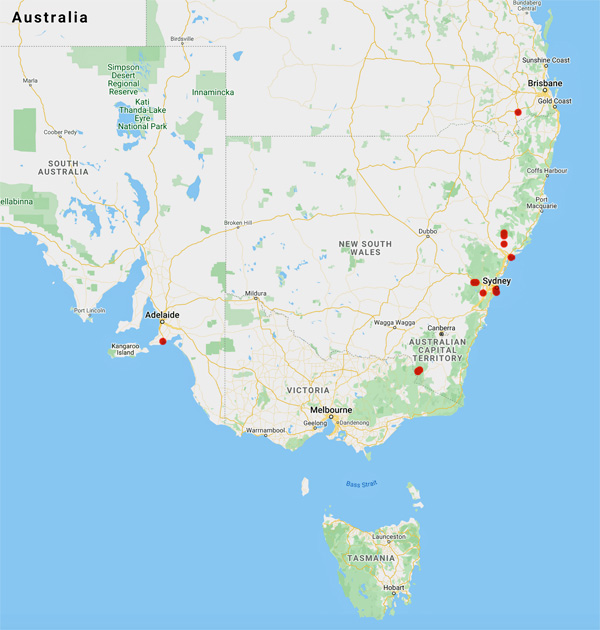
Council of Heads of Australasian Herbaria
Australian National Herbarium
Biographical Notes
 |
Council of Heads of Australasian Herbaria |
 Lawson, Abercrombie Anstruther (1870 - 1927)
Lawson, Abercrombie Anstruther (1870 - 1927)Born 13 Septembe 1870 in Hamilton, Ontario, Canada; died 26 March 1927 in Sydney, NSW.
Abercrombie Anstruther Lawson, who was born in Canada and educated in California and Scotland, was appointed the foundation Professor of Botany at the University of Sydney in 1913 and remained until his death.
Abercrombie Anstruther Lawson was the fourth son of William Lawson, sailor and shipyard worker, and his wife Janet (Jessie) Kerr, née Coupar. The family from Fifeshire, Scotland, had migrated to Hamilton in 1866 and in 1881 moved to Toronto, where Lawson was educated at the Harbord Street Collegiate Institute. When his father's health failed, his mother wrote novels and worked as a journalist to educate the ten children. After a year at the University of Toronto, Lawson claimed to have studied medicine and botany at the University of Glasgow, Scotland, in 1895-96. He graduated at the University of California, Berkeley (B.S., 1897; M.S., 1898). After a year as assistant in botany he spent 1901 at the University of Chicago with Professors Coulter and Chamberlain in the new Hull laboratories and was awarded a Ph.D. (1901). Lawson returned to California and spent five years teaching at Stanford University under Professor D. H. Campbell. In 1907 he was appointed lecturer in botany at the University of Glasgow and in 1910 was awarded D.Sc. for papers on the special morphology of the Coniferales.
In 1913 Lawson became foundation professor of botany at the University of Sydney. The university had obtained the services of a man well versed in and strongly committed to the theory of evolution which was then revolutionizing comparative morphology, a major branch of botanical studies. His research interests, based on collections and observations made on major expeditions, contrasted with the more descriptive and less theoretical concerns of economic botany and traditional taxonomy which had dominated botanical research in Australia.
By the 1920s Lawson had built up a very productive research team including John McLuckie and Patrick Brough, his former students from Glasgow. His main research interest was in the origin and evolution of gymnosperms, non-flowering seed-bearing plants such as conifers and cycads. He firmly championed the study of native plants and joined the campaign which resulted in the Wildflowers and Native Plants Protection Act, 1927. His work on the origin and evolution of Australian flora was published posthumously by McLuckie.
Lawson's popular extension lectures on Australian flora were illustrated by lantern slides, made from photographs taken on many excursions, which he had coloured by hand using a difficult and exacting technique perfected by himself. A collection of 1000 slides was given to the university on his death. Intensely proud of his Scottish descent, he was reserved yet given to whimsy. He affected a certain naivety which friends claimed belied his true nature. He never married. According to an obituarist 'he treated women with a detached courtesy as of a celibate priest. For the friendship of men he had that genius which the old Greeks have idealised'. Handsome and clean-shaven, he had classically moulded features and wavy hair. He resided at the Australian Club and later at Potts Point.
Source: Extracted from: Encyclopedia of Australian Science website: http://www.eoas.info/biogs/P000564b.htm;
http://adb.anu.edu.au/biography/lawson-abercrombie-anstruther-7116
Photo: Sydney University archives website: http://sydney.edu.au/arms/archives/media/me_objects/4803
Data from 61 specimens
